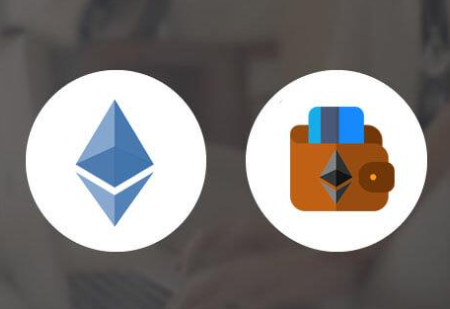Ethereum, with its innovative smart contract functionality and active development community, is a popular choice for cryptocurrency investors. Whether you’re a newcomer to the crypto space or a seasoned investor, buying and securely storing Ethereum involves careful considerations to safeguard your assets. In this comprehensive guide, we’ll walk you through the steps of buying Ethereum and implementing secure storage practices.
Part 1: Buying Ethereum Safely
1. Choose a Reputable Exchange:
- Research: Select a reputable cryptocurrency exchange that supports Ethereum.
- Security Features: Look for exchanges with robust security features, including two-factor authentication (2FA) and cold storage for user funds.
2. Create an Account:
- Verify Information: Follow the exchange’s account creation process, providing the necessary identification documents for verification.
- Secure Password: Use a strong, unique password for your exchange account.
3. Enable Two-Factor Authentication (2FA):
- Extra Layer of Security: Enable 2FA to add an extra layer of protection to your account.
- Authenticator Apps: Use authenticator apps like Google Authenticator or Authy instead of SMS-based 2FA for enhanced security.
4. Deposit Funds:
- Deposit Method: Deposit funds into your exchange account using a secure method, such as bank transfer or other supported payment options.
- Review Deposit Address: Double-check the Ethereum deposit address provided by the exchange before initiating the transfer.
5. Place an Order:
- Market or Limit Orders: Decide whether to place a market order (buy at the current market price) or a limit order (set a specific price for your purchase).
- Review Order Details: Confirm the details of your order before finalizing the purchase.
6. Withdraw to a Secure Wallet:
- Choose a Wallet: Consider withdrawing your Ethereum to a secure wallet for added safety.
- Hardware Wallets: Hardware wallets like Ledger or Trezor provide enhanced security for long-term storage.
Part 2: Storing Ethereum Safely
1. Choose a Secure Wallet:
- Hardware Wallets: Consider using a hardware wallet for long-term storage. Ledger and Trezor are popular choices.
- Software Wallets: If you prefer a software wallet, choose reputable options like MyEtherWallet (MEW) or MetaMask for their security features.
2. Set Up Your Wallet:
- Follow Instructions: Carefully follow the setup instructions for your chosen wallet.
- Secure Recovery Phrase: Securely store the recovery phrase provided by the wallet. Never share it with anyone.
3. Transfer Ethereum to Your Wallet:
- Secure Process: Initiate a secure transfer of Ethereum from the exchange to your wallet.
- Double-Check Address: Verify the wallet address before confirming the transfer.
4. Keep Software Updated:
- Regular Updates: Keep your wallet software and any associated apps or plugins up to date.
- Security Patches: Updates often include security patches to protect against potential vulnerabilities.
5. Implement Multi-Signature (Multi-Sig) Wallets:
- Enhanced Security: Consider using multi-signature wallets that require multiple private key signatures for transactions.
- Added Protection: Multi-sig wallets provide added protection against unauthorized access.
6. Practice Cold Storage:
- Offline Storage: If using a hardware wallet, keep it in cold storage when not actively managing your assets.
- Reduce Online Exposure: Minimize the time your private keys are connected to the internet to reduce the risk of hacking.
7. Regularly Backup Your Wallet:
- Backup Your Data: Regularly backup your wallet data, including private keys and recovery phrases.
- Secure Storage: Store backups in multiple secure locations, such as encrypted USB drives or hardware.
8. Be Wary of Phishing Attacks:
- Verification Process: Only access your wallet through official websites or applications.
- Avoid Clicking Links: Be cautious of phishing attempts, and avoid clicking on suspicious links in emails or messages.
9. Educate Yourself:
- Stay Informed: Keep yourself informed about the latest security practices and potential threats in the cryptocurrency space.
- Community Resources: Join reputable forums and communities to stay updated on security-related discussions.
Conclusion: Safeguarding Your Ethereum Holdings
Buying and storing Ethereum safely requires a combination of choosing secure platforms, following best practices for account and wallet setup, and staying vigilant against potential risks. By implementing these measures, you can enhance the security of your Ethereum holdings and navigate the cryptocurrency landscape with greater confidence. Regularly review and update your security practices to adapt to the evolving nature of the crypto space.




